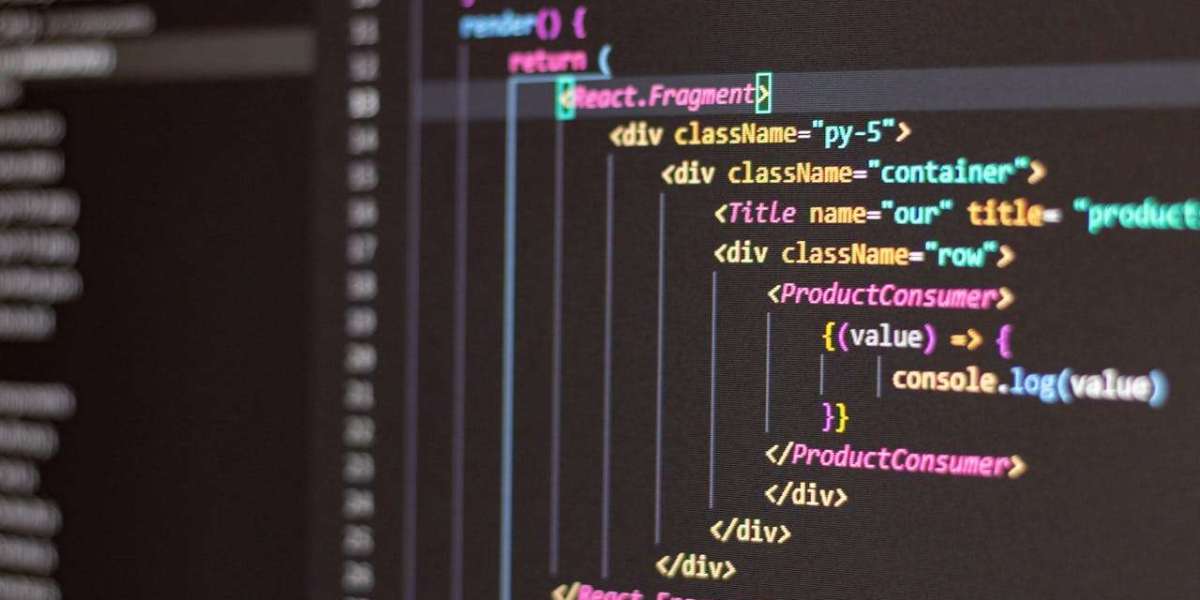Laravel is a PHP framework that is very powerful because it provides a lot of features and options for developers to design strong, easy-to-maintain, and scalable apps.
Out of these features, Laravel package development may be considered by many developers as the best practice for reusable code that can be used in different projects.
Understanding Laravel Package Development
A Laravel package is a bundle of code that can be easily distributed and integrated into Laravel apps. These packages can cover a lot from small utility functions and helpers to large features which can range from authentication systems, payment integrations, or data management tools.
One of the big pluses of Laravel package development is that its packages can tidily abstract the functionality. At the same time, it offers the possibility of reusability.
Why Develop Laravel Packages?
The main benefit of making Laravel packages is that it is possible to separate and reuse the code among different projects. Hence, it provides not only an efficient and well-ordered effort in the long run but also guarantees uniformity and dependability.
Besides these advantages, the development of packages leads to good coding practices. For instance, adherence to well-known principles such as SOLID and DRY (Don't Repeat Yourself) coding requires developers to consider the structure and reusability of the code.
Getting Started with Laravel Package Development
Step 1: Planning Your Package
Before diving into code, it's important to clearly define the purpose and scope of your package. What specific problem is it resolving? What kind of role will it have? Who is the target audience? Providing answers to these questions gives you a clear direction to go. And makes your packaging both useful and simple to use.
Step 2: Setting Up Development Environment
Once you have a clear idea of what you want to build, the next step is to set up your development environment. This typically involves creating a new Laravel project to serve as the host application for your package during development.
Using that as a starting point, you then can create a new package folder. And you can begin to arrange the fundamental structure of your package. After laying down the foundation, you might reach a point where the project's scope exceeds your expertise or available time.
This is where you might consider the option to hire Laravel developers. These experts can undergo comprehensive research for the project. And they can give the package an experience of the best in the market.
Step 3: Developing Your Package
With your development environment set up, you can begin coding your package. It involves building a good PHP package including these classes and views, among other components that form part of your package. Make sure that Laravel conventions and good practices are not ignored to provide for compatibility. As well as integration with Laravel applications with less effort.
Step 4: Testing Your Package
Testing is a critical part of package development. Laravel covers the area with PHPUnit for unit testing and Dusk for browser testing, allowing you to see if your package is working properly. Not only does creating good tests eliminate bugs. But it also serves as documentation guiding users on how your module should work.
Step 5: Documenting Your Package
Good documentation is essential for any reusable component. It includes instructions on how to install, configure, and use your package. Laravel’s own docs can turn out to be a very good example of how to use the package effectively.
Remember to give users installation instructions, a list of configuration options, examples of use, and any other essential details for them to fully enjoy your software.
Step 6: Publishing Your Package
Once your package is developed, tested, and documented, it's ready to be shared with the world. You can publish your package to Packagist, the default package repository for Composer, which makes it easily discoverable and installable by other developers.
Conclusion
Laravel package development provides a capacity to develop pieces that may extend and add more value to your projects and increase your involvement within the Laravel community. Through the adoption of the recommended techniques, you can simplify and enhance your development process, guaranteeing that created apps will be more maintainable and adaptable.



